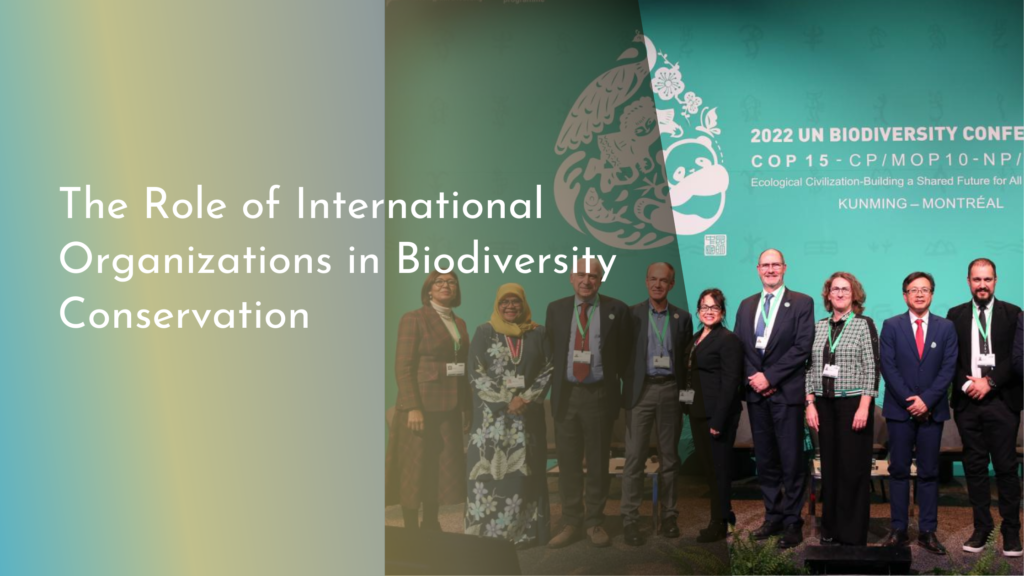Urban Greenhouse Projects for Local Food Security
As cities continue to expand and the global population grows, the challenge of ensuring food security for urban dwellers has become increasingly pressing. Urban greenhouse projects have emerged as an innovative solution, blending sustainability with local food production. These green spaces not only provide fresh produce to communities but also foster environmental awareness and social cohesion. In this article, we will explore how urban greenhouses are transforming cities, the innovative designs that make this possible, the role of community engagement, and inspiring success stories from around the world.
Discover How Urban Greenhouses Boost Local Food Security
Urban greenhouses are revolutionizing the way we think about food production in cities. By utilizing space efficiently, these greenhouses can provide fresh, nutritious food right where it is needed most. They combat food deserts—areas with limited access to fresh produce—by bringing farms directly to urban neighborhoods. This not only improves access to healthy food but also reduces the carbon footprint associated with transporting food over long distances.
Moreover, urban greenhouses contribute to local economies by creating jobs and providing opportunities for education and training in sustainable agriculture. They often employ community members, offering skills that are increasingly relevant in today’s job market. By focusing on local food production, these projects help to build resilience against global supply chain disruptions, ensuring a more stable and secure food system for urban populations.
Innovative Designs: Transforming Cities into Green Havens
The designs of urban greenhouses reflect the creativity and ingenuity of architects and urban planners who are committed to sustainability. From rooftop gardens to vertical farms, these structures maximize space while minimizing environmental impact. Many urban greenhouses utilize hydroponics or aquaponics, allowing for efficient water use and the ability to grow crops year-round. This innovative approach not only saves resources but also enhances crop yields, making it feasible to cultivate various fruits and vegetables in confined urban spaces.
Additionally, many urban greenhouses incorporate renewable energy sources, such as solar panels and wind turbines, further reducing their ecological footprint. These designs often feature green roofs and walls, which help insulate buildings, improve air quality, and support biodiversity within the urban environment. As a result, urban greenhouses are not just food-producing facilities; they are essential components of a sustainable urban ecosystem, contributing to a greener, healthier city life.
Community Engagement: Growing Together for a Sustainable Future
Urban greenhouse projects thrive on community involvement and collaboration. When local residents participate in the planning and maintenance of these green spaces, they cultivate a sense of ownership and pride. Workshops, volunteer days, and educational programs empower residents to learn about sustainable agriculture and the benefits of local food systems. This engagement is crucial for fostering community ties, as people come together to share knowledge, skills, and resources.
Moreover, these projects often prioritize inclusivity, ensuring that marginalized communities have a voice in the decision-making process. By creating spaces where diverse groups can work together, urban greenhouses contribute to social equity and community resilience. This collaborative approach not only enhances food security but also strengthens the community fabric, proving that when people come together, they can grow more than just crops—they can cultivate hope and a sustainable future.
Success Stories: Inspiring Urban Greenhouse Initiatives Worldwide
Across the globe, urban greenhouse projects are sprouting up, each with unique features and success stories. In Detroit, for example, the "Detroit Black Community Food Security Network" has created a network of urban farms and greenhouses that prioritize local food sovereignty. Through education and community involvement, this initiative empowers residents to take charge of their food sources while addressing the systemic issues surrounding food access in urban environments.
In Singapore, the "Sky Greens" project showcases innovative vertical farming techniques that allow for high-density food production in limited space. This initiative not only produces fresh vegetables for the local market but also serves as a model for sustainable urban agriculture that can be adapted in cities around the world. Such success stories highlight the potential of urban greenhouses to reshape our food systems, inspire communities, and ultimately, increase food security on a global scale.
Urban greenhouse projects are not just about growing food; they represent a hopeful vision for a sustainable and resilient future in our cities. By leveraging innovative designs, fostering community engagement, and learning from successful initiatives worldwide, urban greenhouses are paving the way for enhanced local food security. As more cities recognize the importance of these green havens, we can look forward to healthier communities, improved environmental outcomes, and a stronger connection between people and the food they consume. Together, we can cultivate a greener tomorrow, one greenhouse at a time!

